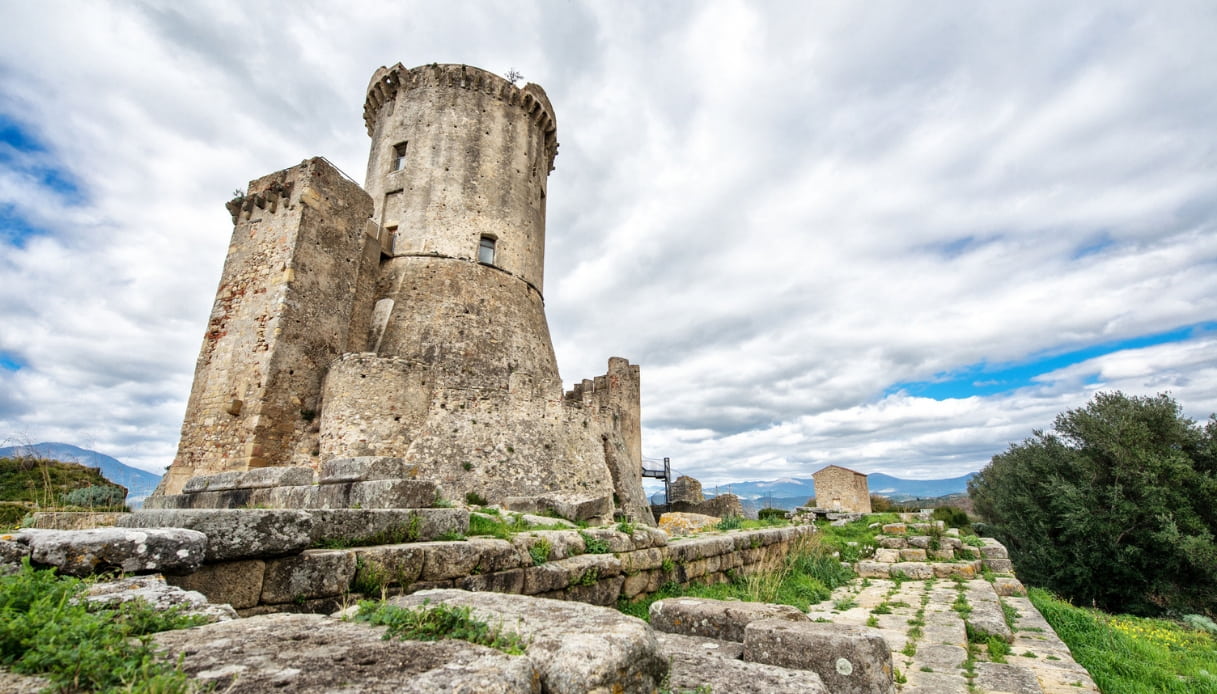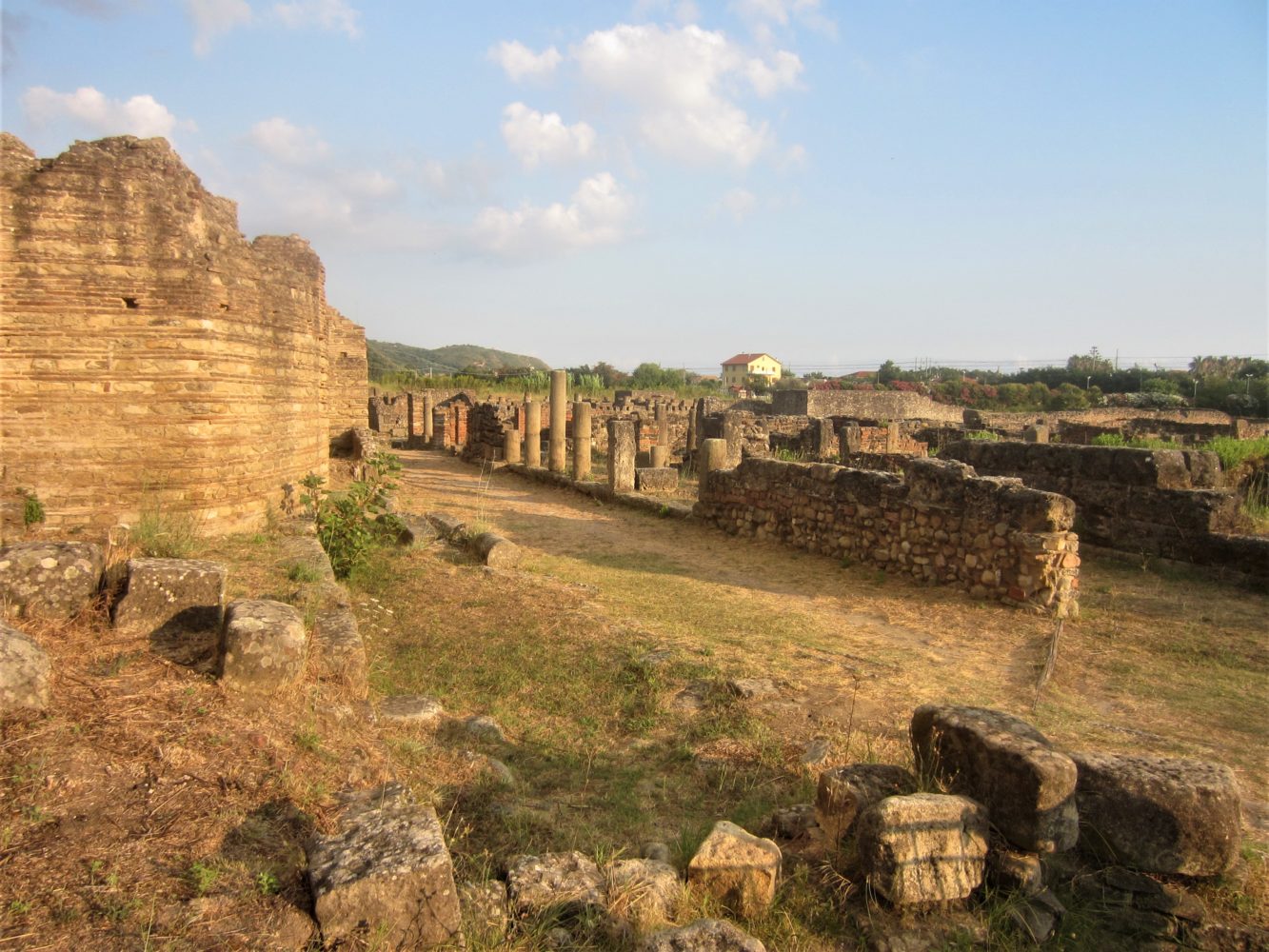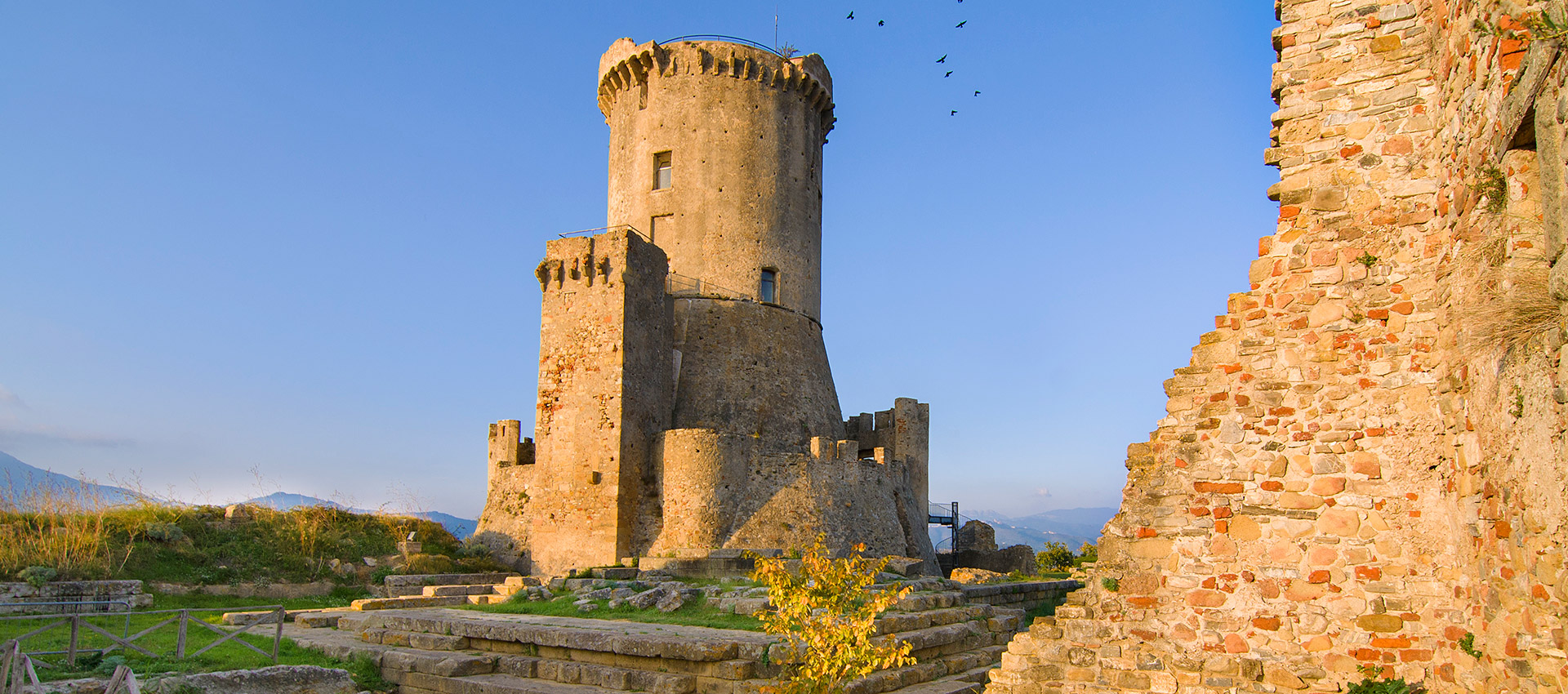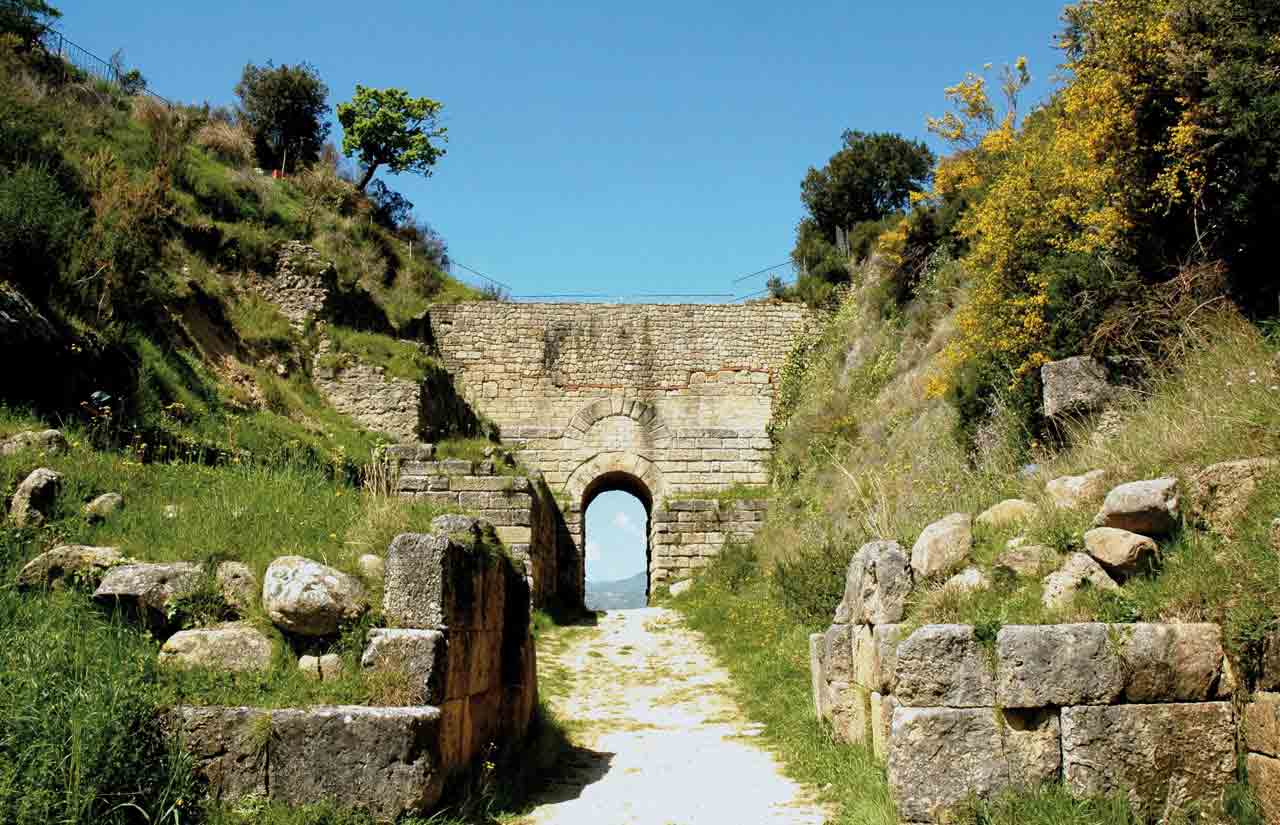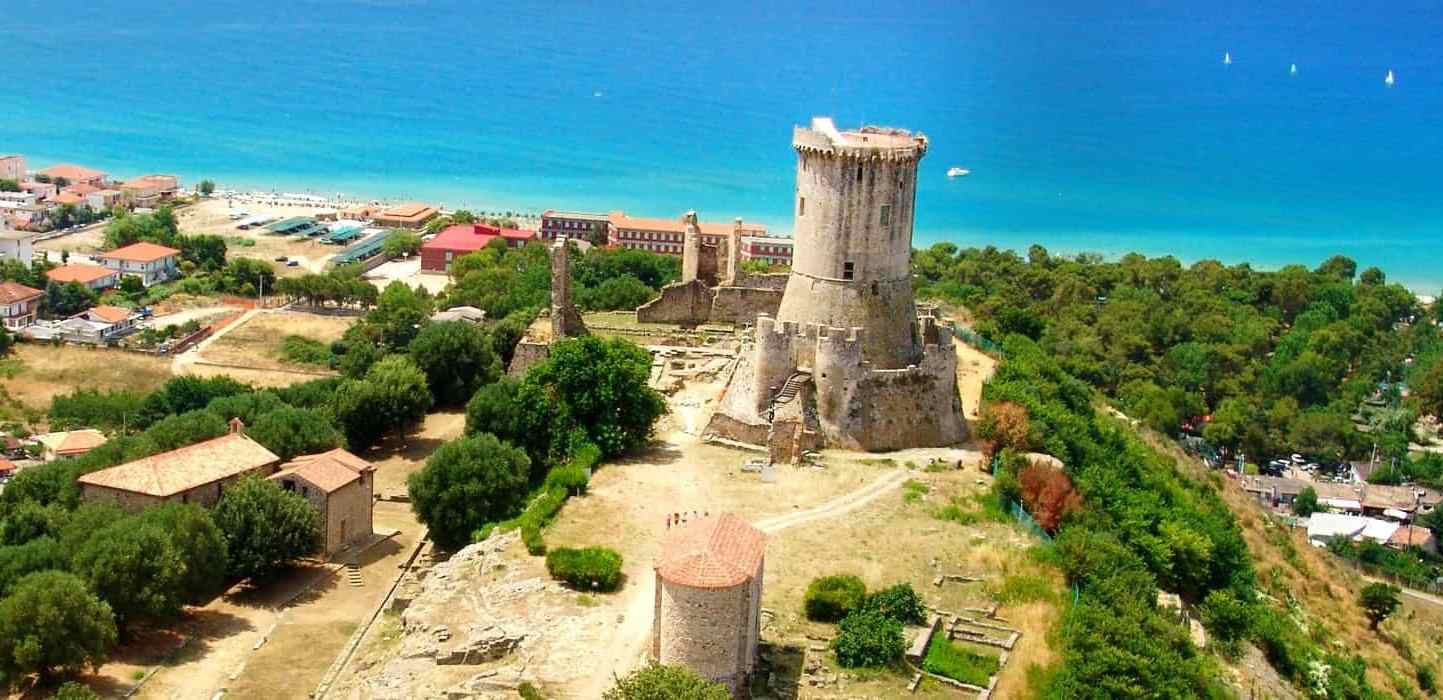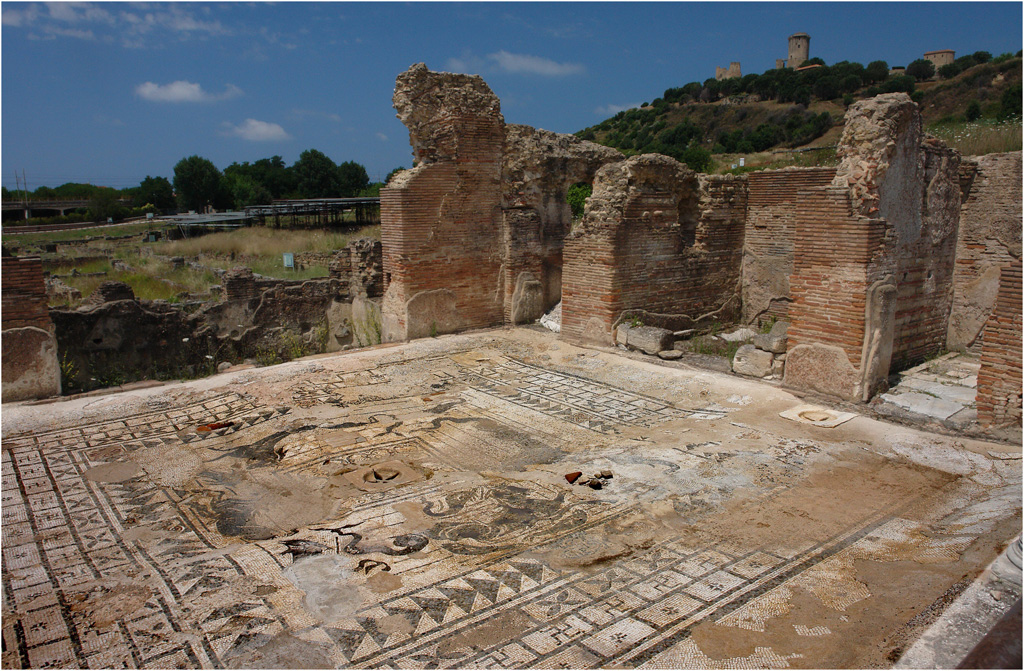Elea-Velia
30 minutes far from La Suscella
The ancient city of Elea, whose name comes from the local Hyele spring, was founded around 540 BC. by a group of exiles from the Greek city of Phocaea, in present-day Turkey, occupied by the Persians. Known in the fifth century especially for the figures of Parmenides and Zeno (founders of the Eleatic philosophical school), the city reaches a period of great development in the Hellenistic age and in most of the Roman age (late 4th century BC – 5th century AD), when its name was changed to Velia. During the Middle Ages, the people of Velia moved to the Acropolis, where a castle was built. The architectural structures of the ancient city are immersed in a vast natural area, forming a splendid combination of archaeology and nature. The tour, equipped with educational panels, starts from the lower town, where most of the buildings date back to the Hellenistic and Roman age. The driveway runs along the walls, 5 km long, built as early as the 6th century BC. In front of the wall, it is a necropolis from the imperial age (1st-2nd century AD) of which individual burials and funerary enclosures are visible, inside of which various depositions were collected.
The actual access to the city is through Porta Marina Sud, which is protected by a quadrangular tower of which it is possible to distinguish two construction phases: the first of the first half of the fifth century. B.C. recognizable by the parallelepiped blocks of sandstone placed in the lower part, the second, dated back to the third century BC, for which conglomerate blocks were used. Going along via di Porta Marina, on the right you can see a public building, consisting of a cryptoporticus with three arms, dated back to the Augustan age (31 BC – 14 AD, with renovations during the II century AD) which was variously interpreted as a gymnasium, medical school or as a chapel of the imperial cult given the discovery of numerous herms and statues dedicated to local doctors and portrait heads of the imperial family. The block to the left of Porta Marina, on the other hand, has a residential and commercial nature and consists of at least four domus from the imperial age. Turning right, you continue towards Masseria Cobellis, where a refined public building of the Middle-Imperial age has come to light, characterized by a spectacular system, on two levels, and by a careful search for symmetries.
In fact, along the central axis of the building, there were a nymphaeum and a basin bounded by flights of brick stairs and covered with partially preserved marble slabs. Returning towards Porta Marina you walk along two blocks of the Hellenistic and late – imperial age. Along the Via di Porta Rosa, we can visit the Adrianee Baths (2nd century AD), where various rooms of the calidarium and the room of the frigidarium are visible, decorated with a splendid mosaic with black and white tiles depicting marine animals and monsters. Continuing the climb to the right, however, we find the so-called “agora” recently interpreted as a sanctuary dedicated to Asclepius, a medical and healing divinity, which is distributed on at least three levels of which the lower one has a large rectangular body, surrounded on three sides from a portico and decorated at the entrance with a fountain. The public building, dated back to the second century BC, used to use the water of the Hyele spring that we find higher up, where in the Hellenistic period a thermal complex was built.
The via di Porta Rosa arrives in a large cleft that allowed the passage to the southern district not yet explored. Going up towards the Acropolis, you will find the oldest inhabited area of Velia (6th century BC), of which you can see the remains of a house lined up along a road, abandoned and obliterated in the 5th century. A theatre is partially preserved in the acropolis, built in Roman times on the remains of another older one, a temple. The buildings of the acropolis were damaged in the Middle Ages when a castle was built. The Angevin Tower, remains of walls and two churches, the Palatine chapel and the church of Santa Maria have been preserved from this period.
Source: BeniCulturali (https://www.beniculturali.it/mibac/opencms/MiBAC/sito-MiBAC/Luogo/MibacUnif/Luoghi-della-Cultura/visualizza_asset.html?id=150685&pagename=157031)

